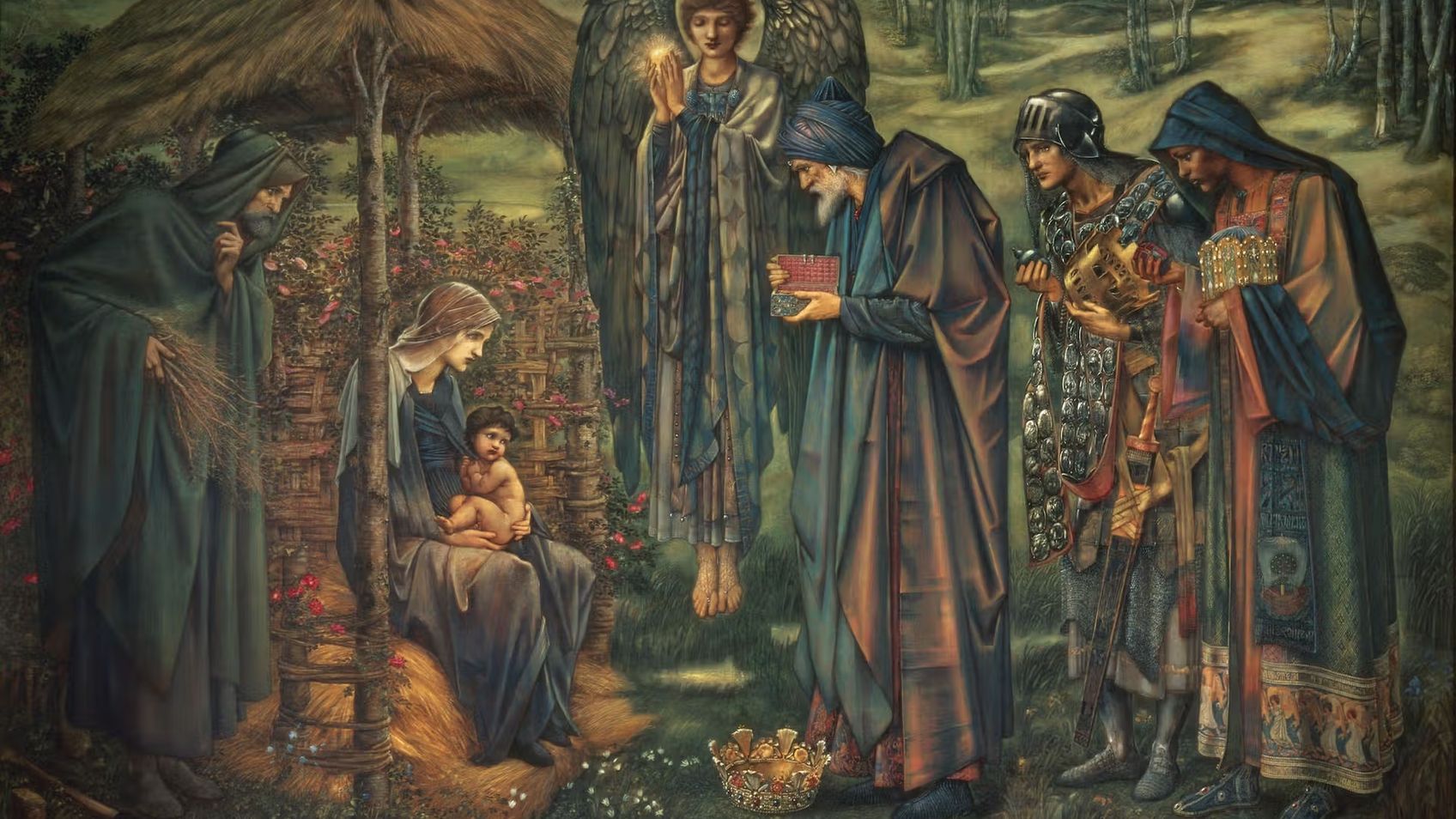Introduction to the Gospel of John

Introduction to the Life of ChristSteve Gregg
Explore the unique perspective of the Gospel of John with Steve Gregg as he delves into the authorship and key themes of this significant biblical text. Gregg examines the identity of John and highlights his close association with Peter, shedding light on the beloved disciple's role in the narrative. By examining specific passages and the distinct language choices of John, Gregg reveals the emphasis on Jesus as the Word of God and the intimate relationship between the disciples and the Savior. Gain a deeper understanding of the purpose and message behind this important gospel.
More from Introduction to the Life of Christ
3 of 4
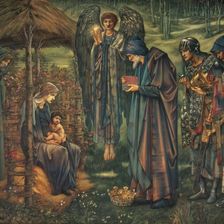
Jewish and Pagan Records
Introduction to the Life of Christ
Steve Gregg explores the historical records of Jewish and pagan sources to shed light on the parties and dynamics in ancient Palestine during Jesus' t
Series by Steve Gregg

Message For The Young
In this 6-part series, Steve Gregg emphasizes the importance of pursuing godliness and avoiding sinful behavior as a Christian, encouraging listeners
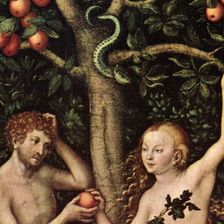
Original Sin & Depravity
In this two-part series by Steve Gregg, he explores the theological concepts of Original Sin and Human Depravity, delving into different perspectives

Philippians
In this 2-part series, Steve Gregg explores the book of Philippians, encouraging listeners to find true righteousness in Christ rather than relying on
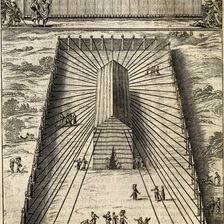
The Tabernacle
"The Tabernacle" is a comprehensive ten-part series that explores the symbolism and significance of the garments worn by priests, the construction and
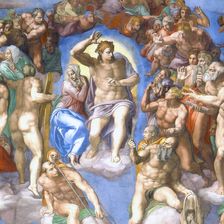
Beyond End Times
In "Beyond End Times", Steve Gregg discusses the return of Christ, judgement and rewards, and the eternal state of the saved and the lost.
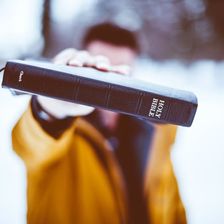
Biblical Counsel for a Change
"Biblical Counsel for a Change" is an 8-part series that explores the integration of psychology and Christianity, challenging popular notions of self-

Cultivating Christian Character
Steve Gregg's lecture series focuses on cultivating holiness and Christian character, emphasizing the need to have God's character and to walk in the

Individual Topics
This is a series of over 100 lectures by Steve Gregg on various topics, including idolatry, friendships, truth, persecution, astrology, Bible study,

Knowing God
Knowing God by Steve Gregg is a 16-part series that delves into the dynamics of relationships with God, exploring the importance of walking with Him,
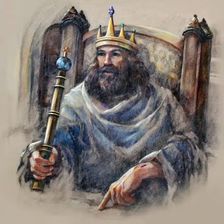
Kingdom of God
An 8-part series by Steve Gregg that explores the concept of the Kingdom of God and its various aspects, including grace, priesthood, present and futu
More on OpenTheo
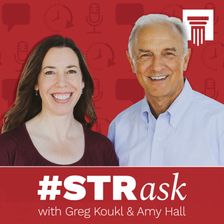
When I Can’t Stop Thinking About Something, Is That God Speaking?
#STRask
December 1, 2025
Questions about whether having a recurring thought is an indication God is speaking to you, what to say to someone who says they sinned because “God t
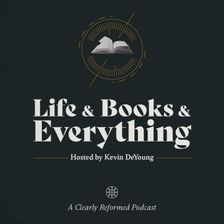
Conservatism and Religious Freedom with John Wilsey
Life and Books and Everything
October 27, 2025
What is conservatism? And why does it go hand in hand with religious freedom? How should we think about the American experiment of ordered liberty? Ha

Should I Pray for Protection for Persecuted Christians When God Might Want Them to Be Martyrs?
#STRask
September 4, 2025
Questions about how to pray for persecuted Christians in light of the fact that God wills that some will be martyrs, and how persecuted Christians who

How Does It Affect You If a Gay Couple Gets Married or a Woman Has an Abortion?
#STRask
October 16, 2025
Questions about how to respond to someone who asks, ”How does it affect you if a gay couple gets married, or a woman makes a decision about her reprod

Why Does the Bible Teach You How to Be a Proper Slave Owner?
#STRask
November 13, 2025
Question about why it seems like the Bible teaches you how to be a proper slave owner rather than than saying, “Stop it. Give them freedom.”
* It s

Is It a Sin to Feel Let Down by God?
#STRask
November 6, 2025
Questions about whether it’s a sin to feel let down by God and whether it would be easier to have a personal relationship with a rock than with a God

John Thomson and the Shaping of American Presbyterianism with Stephen A. Fix
Life and Books and Everything
September 29, 2025
If you are looking for a deep dive into the history of early American Presbyterianism, you have come to the right place! Listen in as Kevin talks with
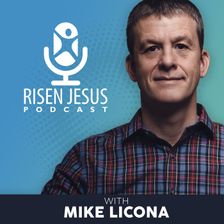
The Resurrection Standoff: Licona vs. Ehrman on the Unbelievable Podcast
Risen Jesus
October 22, 2025
This episode is taken from the Unbelievable podcast with Justin Brierly in 2011 when Dr. Bart Ehrman and Dr. Michael Licona address the question: Is t

Protestants and Catholics: What’s the Difference? With Chad Van Dixhoorn, Blair Smith, and Mark McDowell
Life and Books and Everything
November 26, 2025
How should Protestants think about the Catholic Mass? About the Eucharist? About the history and development of the papacy? In this panel discussion,

Should You Believe Things You Can’t Fully Comprehend?
#STRask
September 25, 2025
Questions about whether you should believe things you can’t fully comprehend, whether it’s just an arbitrary escape hatch to say God doesn’t require a

If We Don’t Need to Learn to Hear God’s Voice, How Do You Explain These Verses?
#STRask
September 11, 2025
Questions about why, if we don’t need to learn to hear God’s voice, there’s a command to earnestly desire the gift of prophecy, why we would need to l

What Tools of Reasoning Help You Know What’s True, Right, and Good?
#STRask
December 4, 2025
Question about what tools of reasoning help us determine whether something is true or false, right or wrong, good or bad before bringing Scripture int

How Do I Reconcile the Image of God as Judge with His Love, Grace, and Kindness?
#STRask
October 20, 2025
Questions about how to reconcile the image of God as a judge with his love, grace, and kindness, why our sins are considered to be sins against God, a

How Can I Improve My Informal Writing?
#STRask
October 6, 2025
Question about how you can improve your informal writing (e.g., blog posts) when you don’t have access to an editor.
* Do you have any thoughts or

The Golden Thread of the Western Tradition with Allen Guelzo
Life and Books and Everything
October 6, 2025
Dr. Guelzo is back once again for another record setting appearance on LBE. Although he just moved across the country, Allen still made time to talk t
